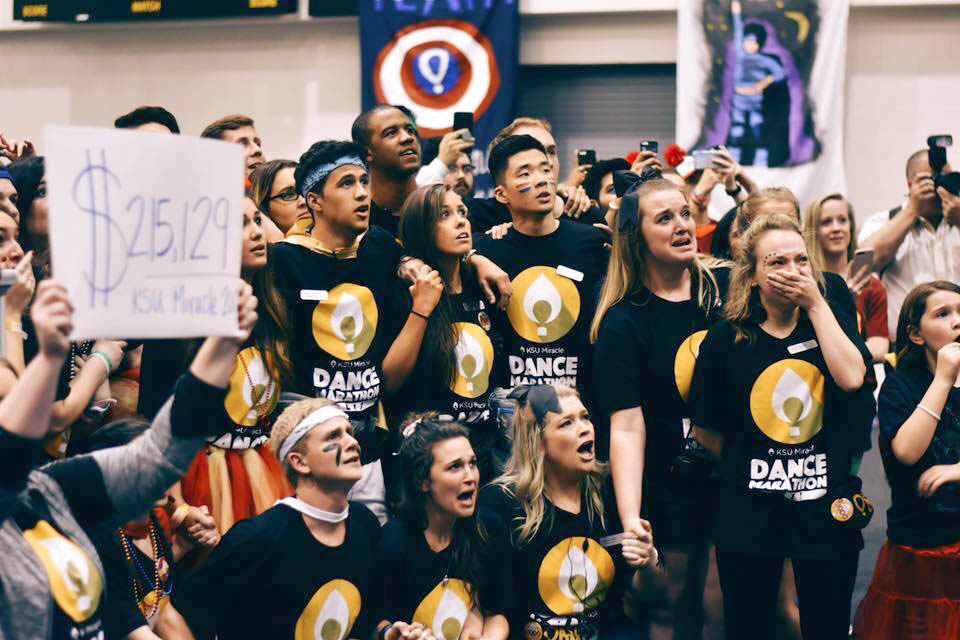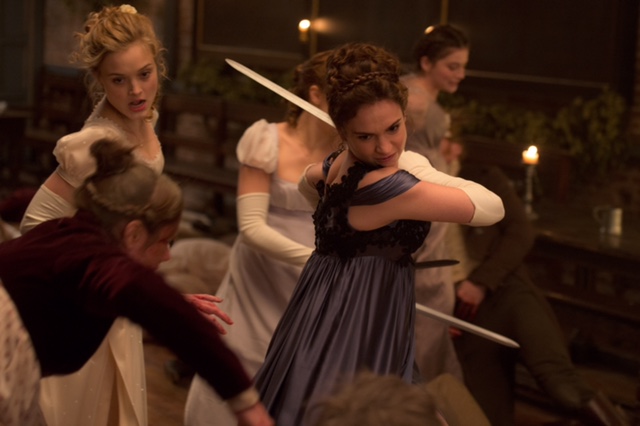Based on the 2018 novel “The Cabin at the End of the World,” the film “Knock at the Cabin” depicts a gay couple and their adopted daughter forced by a group of strangers to sacrifice one of their own in order to prevent a supposed apocalypse.
The film is fairly short at just an hour and 40 minutes, common for Shyamalan’s films, but one would never realize from watching: the story gets started fairly quickly, with the opening credits depicting the horrific visions plaguing the four strangers.
The first scene similarly establishes Leonard’s (played by Dave Bautista) character as his group’s kind leader who deeply regrets his actions but is unwilling to doom the world. Kristen Cui’s character Wen is also well-established here as a clever and resourceful girl, traits that come into play later on.
This efficient characterization applies also to the film’s couple, with one flashback midway through the film seeing Andrew (Ben Aldridge) assaulted while with his husband Eric (Jonathan Groff), while another sees Andrew abandoned by his parents at dinner upon discovering his sexuality before being comforted by Eric. Both effectively explain why Andrew is so fervent in defending his family and willing to doom the world at large, and Eric’s role as a needed counterbalance to him.
The four strangers do not get flashbacks, and half suffer as a result: Rupert Grint does a good job playing his character as both a despicable bigot and weary doomsayer, but the transition between them is not there. A similar sentiment applies to Nikki Amuka-Bird’s Sabrina, who sells her performance as the group’s remorseful nurse. Abby Quinn’s Adriane delivers her history through (well-acted and narratively justified) exposition, though her interactions with Wen do not make it a surprise.
Beyond just characterization, the runtime still allows viewers enough time to discover the apocalypse’s nature, with the details seeded properly throughout via context clues. It should be noted that despite the film’s R-rating, the more brutal deaths are always off-screen or obscured from viewers: the film instead justifies its rating through minimal but respectable action, with a standout sequence early on putting viewers directly into a golf clubbing.
Cinematographers Jarin Blaschke and Lowell Meyer work well with production designer Naaman Marshall to maximize the limited setting (viewers should keep their eyes out for a stellar tracking shot), drawing attention to the area’s isolation. Combined with some impressive CGI used for the scenes of global devastation, it is hard to believe the film cost just $20 million.
The film has flaws, like blunt dialogue early on and a slightly distracting cameo from Shyamalan, but the film’s dedication to those elements and everything else it does highlights Shyamalan’s greatest strength. Much has been said recently about “so that just happened” dialogue (wherein a character bluntly acknowledges the absurdity of the story) and bathos (where an emotional moment is undercut by cheap humor), both indicating a lack of faith on the creative’s part in the media they make and in the audience’s ability to buy it.
Often attributed to Joss Whedon, (creator of “Buffy the Vampire Slayer” and director of the first two “Avengers” films) this type of dialogue has been seen and criticized in everything from the recent “Star Wars” films to “Deadpool 2” and beyond.
“Knock at the Cabin” treats the family’s plight as a source of genuine stress for all involved, and the apocalypse as something the strangers desperately want to avoid. The film’s resolution maintains its drama, despite being set to the jovial “Boogie Shoes.”
In that sense this film could be compared to “The Matrix Resurrections” or “Zack Snyder’s Justice League,” all three being films whose earnestness merits respect in a media landscape defined by detached irony.
Rating: 8/10



